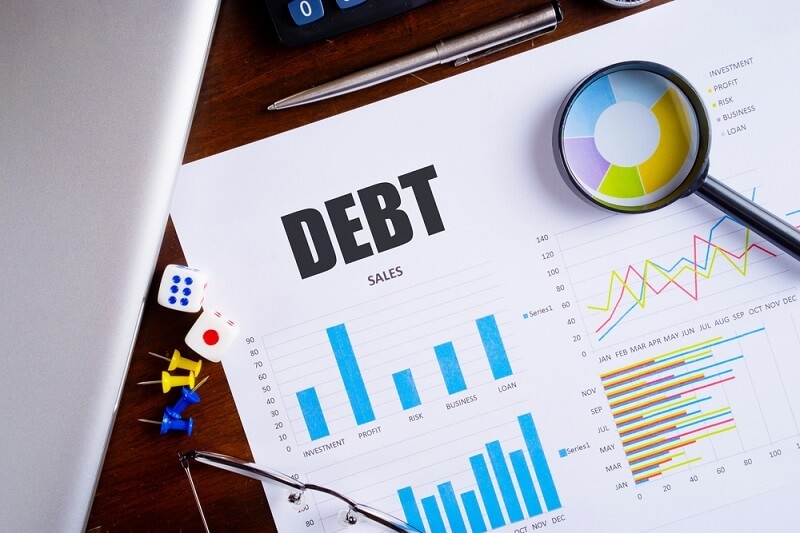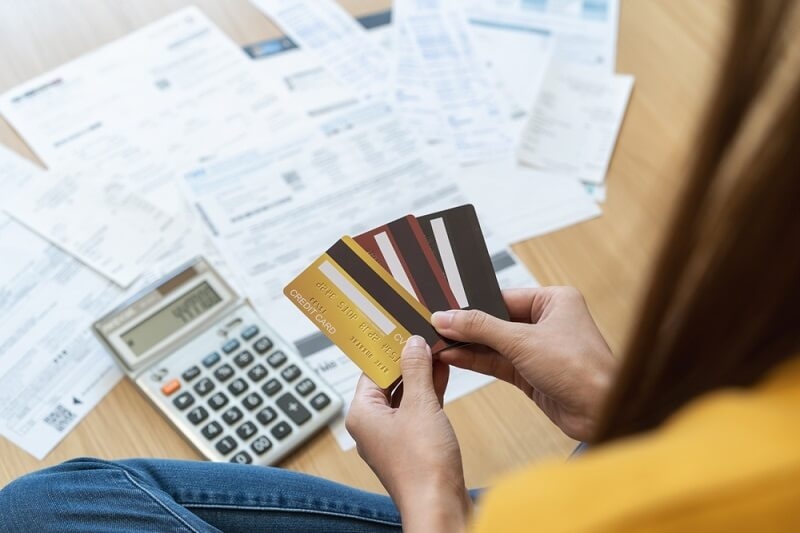
Money is more than a method of exchange. It is our base for living, working, and planning our future. For many people, personal debt becomes a part of life, whether that be student debt, a mortgage, or trying to manage credit card payments. The good news is that debt does not have to control your life. You can learn to see your obligations and control your finances with the proper knowledge, tools, and attitude.
This guide will help you understand personal debt and reclaim control over your finances—one step at a time. We’ll discuss some basics, look at different types of personal debt, and give you some proven techniques for repayment, reducing debt, and stress while providing options for financial freedom.
Before you can tackle debt, you need to know what it is. Personal debt is money borrowed by people, as opposed to businesses. It is usually used for personal expenses such as a place to live, education, health care, travel, or in case of emergencies.
At its simplest, debt is borrowing money now for the promise to pay that money back later (usually with interest). Lenders, such as banks, credit unions, or credit card companies, will give you money, and when you accept that money, you agree to repay according to the terms they give you.
At a minimum, there are five elements of personal debt you need to know:
You will know how to make better decisions if you understand these basics.
Not all debt is the same. Some can help you to create wealth, while others can cripple you if you are not careful.
Secured debt is debt backed by collateral—an asset or property the lender can repossess if you fail to repay the debt.
Unsecured debt is debt with no collateral offered.
A type of debt that doesn’t have fixed payments, like credit cards. You can borrow, repay, and borrow again within your credit limit.
Fixed payments over a set period of time.
By categorizing your debt, you can prioritize which ones to tackle first.
Neglecting interest rates is one of the biggest pitfalls people make. Interest is the “cost” of borrowing money—knowing it can radically change what you owe.
For example:
Almost every credit card uses compound interest, so balances can quickly become unmanageable. Understanding how debt interest works is crucial to managing it effectively.
Debt doesn't just exist as numbers on a page—it influences your feelings, stress levels, and relationships. Many people feel paralyzed when looking at their debt, mainly due to shame, guilt, or fear of making the whole situation a reality they have to face.
The first step to managing debt is admitting it even exists. When you see debt as a challenge you will overcome at some point, rather than a challenge that will take a lifetime to erase, you can act instead of react.

Credit card debt is widespread and often the most expensive personal debt. Interest accumulates quickly once you transfer to a credit card or carry a balance.
Controlling credit card debt is one of the quickest ways to get your finances back in control.
There are different methods for effectively paying down debt. Here are the most commonly used methods:
You can pay off the smallest balance first. While making minimum payments on the remaining debts, you prioritize this small debt payment. After your smallest debt is paid off, add that payment amount to the smallest of the remaining debts. This method does provide some quick psychological wins to spur you on to make fast payments.
Pay off the debt with the highest interest rate first. This method will save you more interest payments in the long term, but you may not see the nominal dollar progress as large in a shorter time.
Consolidate multiple debts into one loan at a lower rate of interest. This will make it easier to manage your payments, and you can focus on making one payment with a lower total interest paid.
Refinancing a higher-interest loan to a lower-interest loan is quite familiar with mortgages or student loans.
Sometimes, lenders will reduce your interest rate or allow a settlement if you contact them.
Every method has advantages and disadvantages. You must decide what will work best for your individual personality, income, payment priority, or debt load.
Knowledge isn't sufficient—you have to take action. Here is your road map to gain control!
Determine if you want to be debt-free in 2 years, 5 years, or 10 years. Then, set your repayment strategy according to that timeline.
It can be as little as $500—if you have an emergency fund, you will not have to rely on a credit card when an emergency occurs.
When grocery shopping, for example, make a list if you can and do not buy something because it is on sale.
Getting out of debt is one thing—staying debt-free is another. Build these habits for lifelong control:
Breaking free from these myths helps you make smarter decisions.
If your debt feels overwhelming, you’re not alone. Sometimes it makes sense to seek outside help:
Understanding personal debt is more than just a numbers game—it’s about gaining confidence, peace of mind, and control of your financial future. Once you understand personal debt, how debt interest works, and the debt repayment strategies applicable to your unique situation, you can transition from feeling trapped to empowered.
Being in control of your finances today means you can begin living debt-free without waiting for “someday.” It may take some time, but every step puts you closer to living free from financial stress.
This content was created by AI